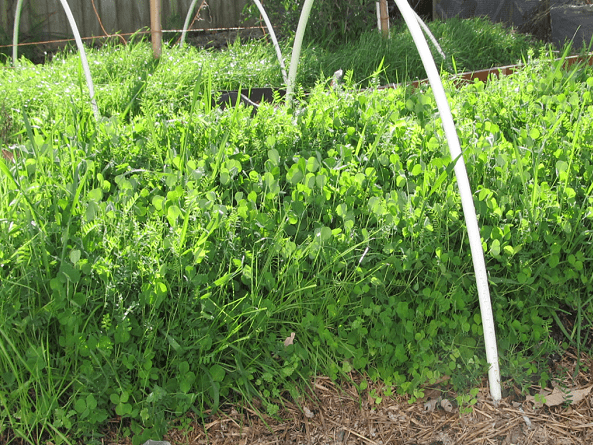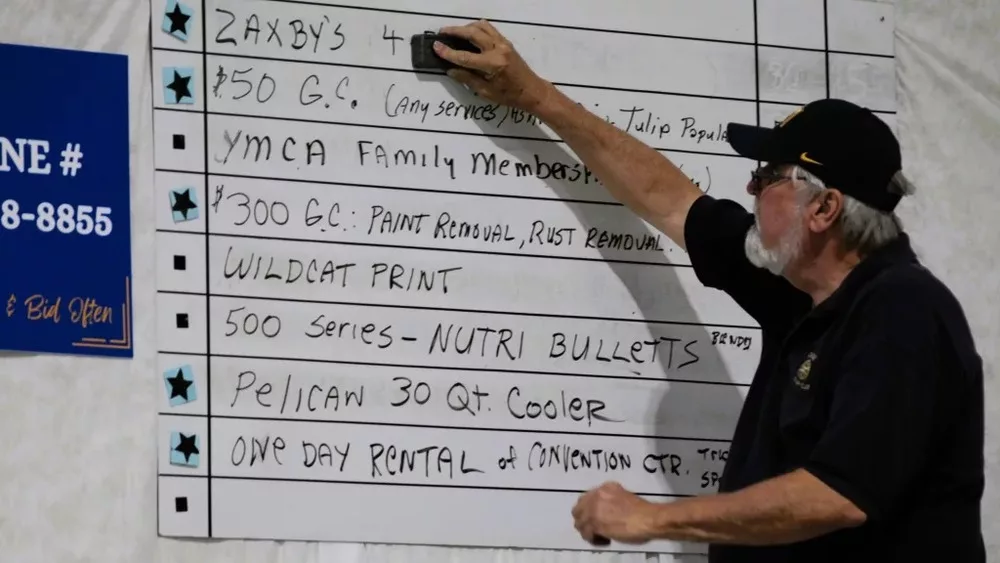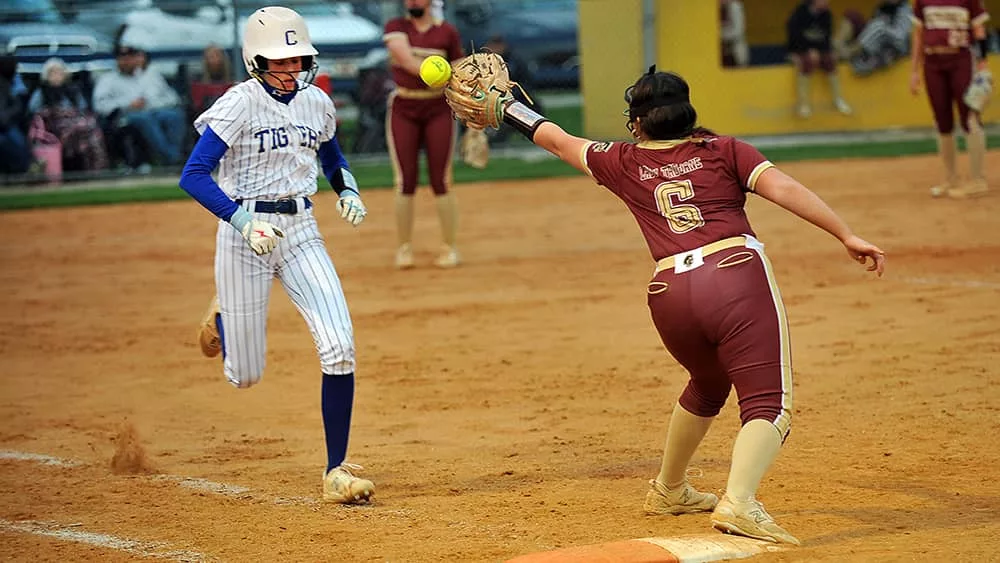Traditional farmers routinely plant a cover crop at the end of a growing season. This is not something usually done by vegetable growers but is highly recommended. A cover crop is intentionally seeding a crop if your garden is going to be sitting idle for a period of time, instead of letting the land sit fallow. It will put nutrients back into the soil to improve fertility and erosion control. The type of cover crop you choose to plant depends on your equipment and level of interest.

There are two types of cover crops, legumes, and non-legumes. Legumes will add nitrogen to the soil and non-legumes, a type of grass, establishes better than legumes. In a vegetable garden, a mixture of the two is common, but you can choose one or the other. Cover crops are typically planted in the fall after all crops have been harvested.
Examples of cover crops include:
Cereal rye – non-legume – planted September to November
Wheat – non-legume – planted September to November
Hairy vetch – legume – adds nitrogen – planted August to September
Crimson clover – legume – adds nitrogen – planted August to September
Grasses are easier to remove in the spring, before planting, because they have a shallow root system. Crimson clover is recommended as a legume with its shallow root system and is a good pollinator.
Contact the Christian County office of the University of Kentucky Cooperative Extension Service for more information about cover crops for your vegetable garden.
— Kelly Jackson, Christian County Extension Agent






